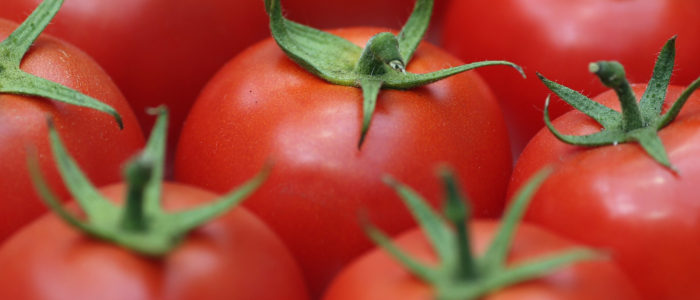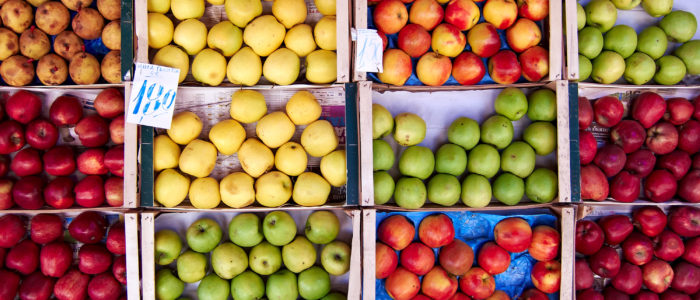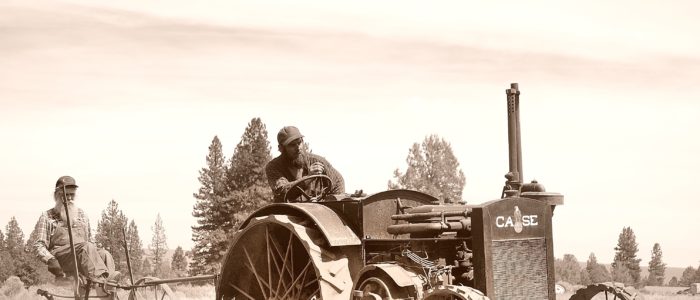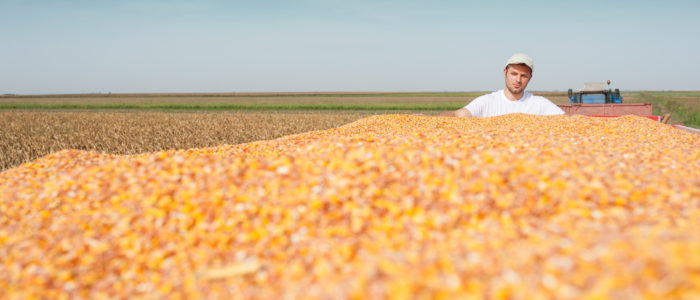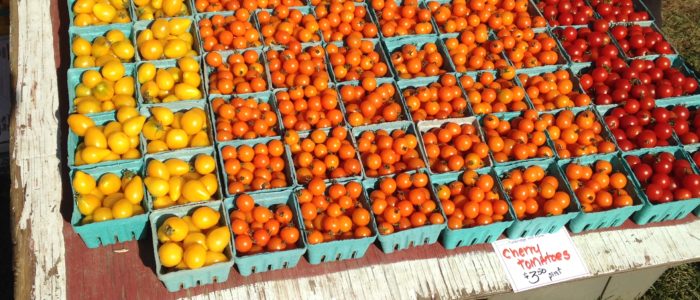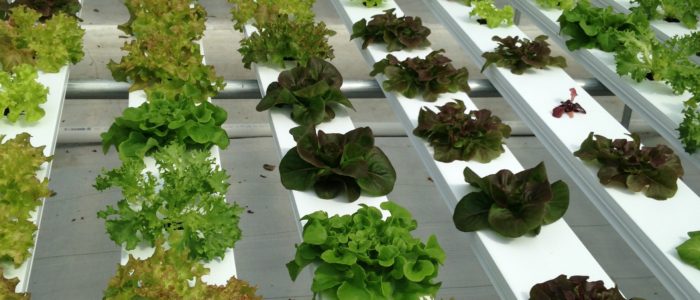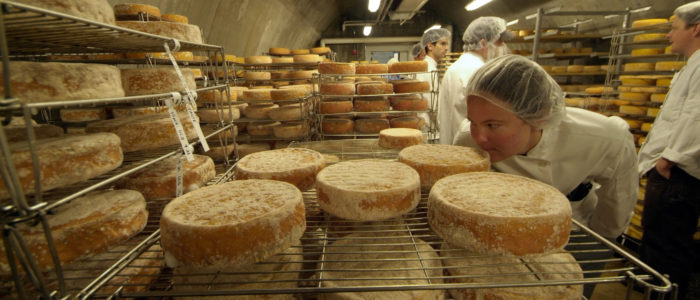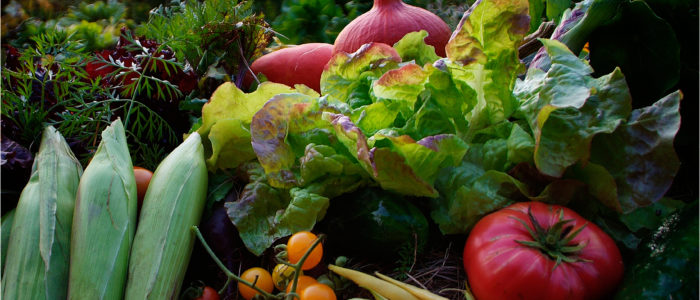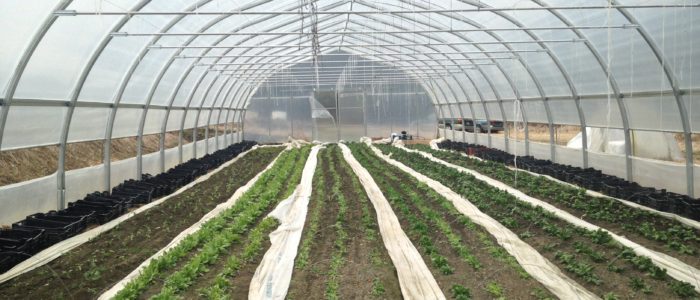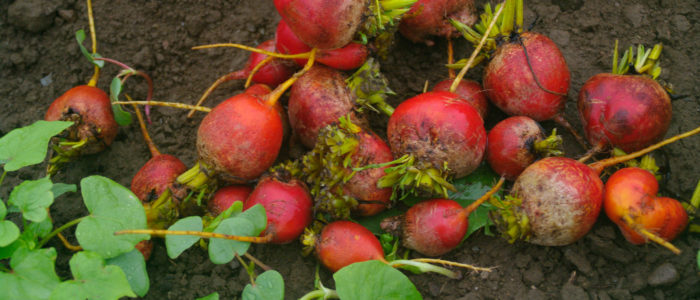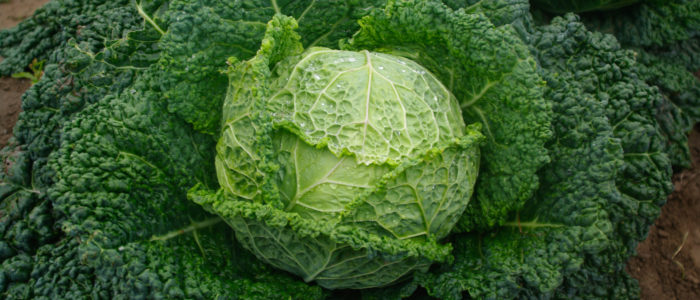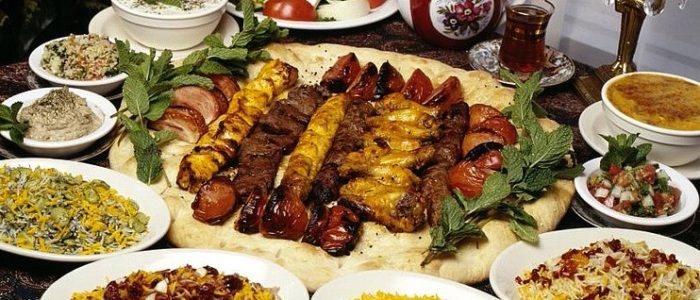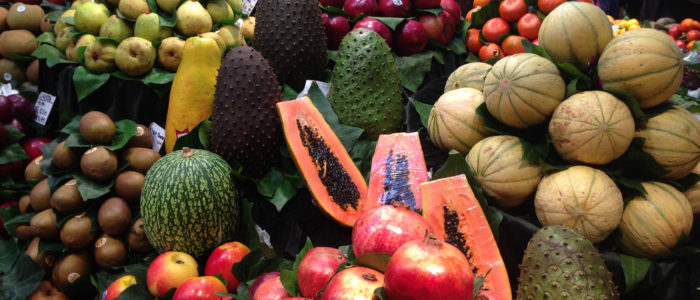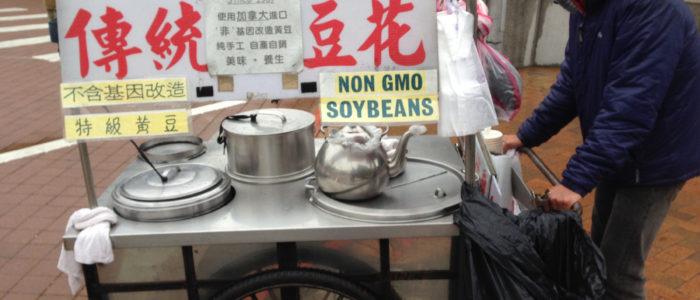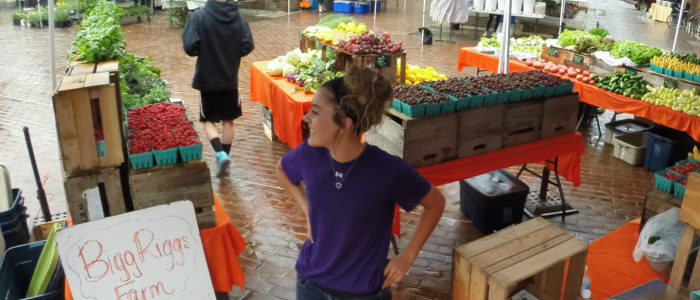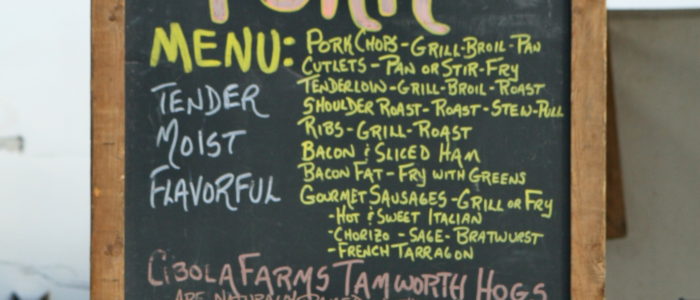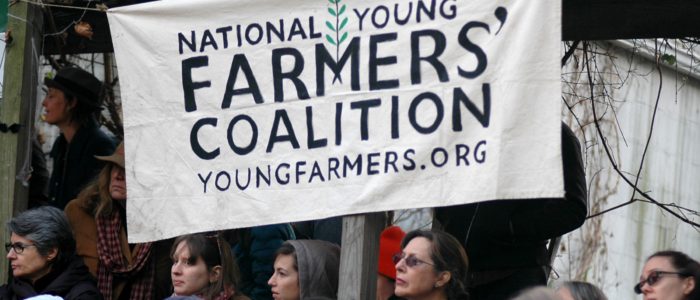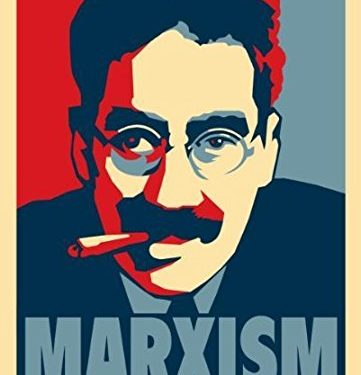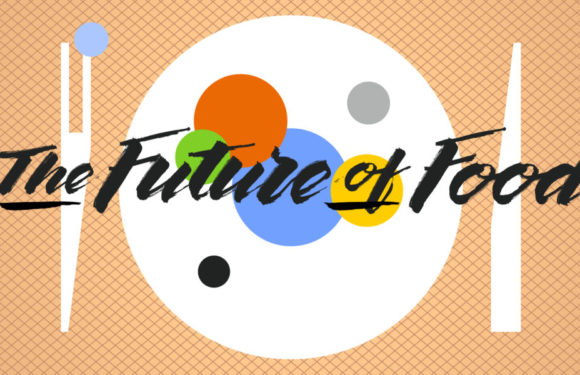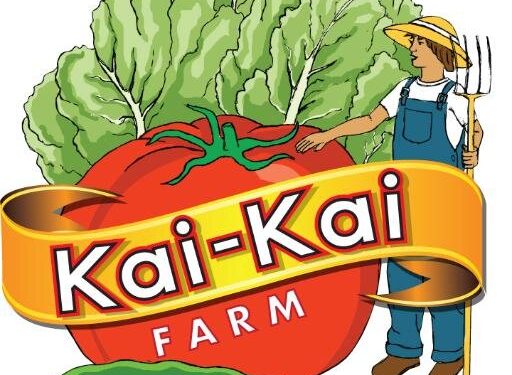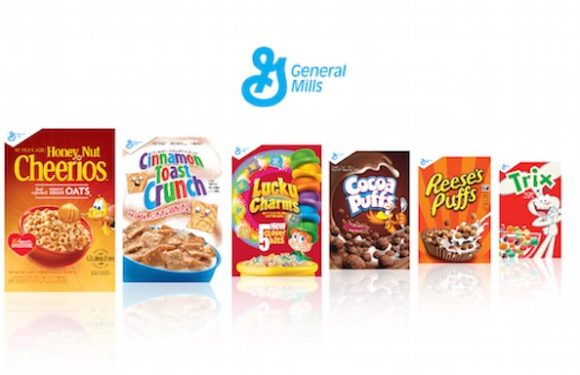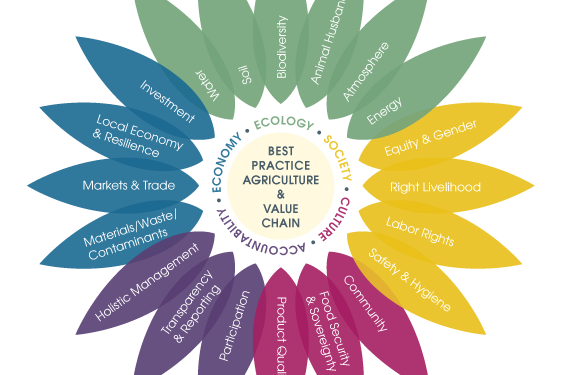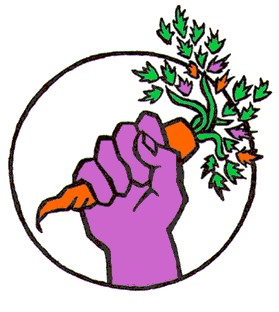Originally Posted by The Bridge on October 17, 2012
Issues, Essays, Features, Food, News & Features
by Darryl Benjamin
When Cheryl Flanagan moved to Montpelier two and a half years ago, her husband was disabled. She was working part time. Although her family of four was on food stamps, it wasn’t enough: Halfway through the month they ran out of food. For two weeks they would skimp by on little or nothing. To make matters worse, Flanagan suffered from anxiety disorder and agoraphobia. “Our income was $1,800 per month,” she said. “We didn’t even come close to paying for our bills and food.”
Then they discovered the Montpelier Food Pantry. The food pantry is a nonprofit, charitable organization that distributes food to those who have difficulty making ends meet.
Flanagan experienced an enormous sense of relief. “We were so grateful. They had beans, canned vegetables, butter, eggs, cheese, cereal and even boxed food like stuffing and pasta. They were very generous with the amounts,” she said.
Flanagan’s family had used a food pantry in New Hampshire before moving to Vermont. “It was a totally different experience,” she said. “I felt embarrassed. We felt like a herd of cattle. For one thing, you couldn’t pick and choose what you wanted. They bring the food to you. Here in Montpelier, I could choose the things our children wanted to eat.”
If You Build It, They Will Come
The food-pantry concept is relatively new. Started in the ’60s in the U.S., it is now in over 20 countries under the Global Foodbanking Network. Here in the U.S., over 50 million people struggle with food insecurity. That’s a staggering one in six of the population.
From July 2011 to August 2012, the Montpelier Food Pantry served 365 households at least once, a total of 869 individuals. Who were these individuals? The numbers included 582 adults (including 80 seniors) and 307 children.
The Montpelier Food Pantry is open to every area resident. In fact, the only requirement is residency. “We eliminate all barriers to getting help,” said Director Kimberly Lashua. “We serve clients whether or not we perceive them to be deserving.”
During the year, a significant portion of the area population used the food pantry: 60 percent of households visited the pantry three times or less; 22 percent of households visited the pantry six times or more; 18 percent of households visited four to five times
What does it take to run a food pantry? For one thing, plenty of volunteers. Volunteers are key to the success of the pantry. It takes volunteers to glean, process, sort and acquire fresh foods. It takes volunteers to get the word out that food is available to help individuals and families through rough patches or sustain them over longer stretches.
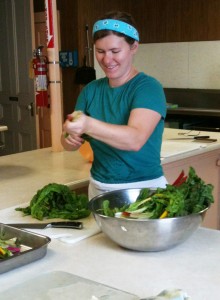
“It’s nice to know that real food is getting to people,” said Caroline Thompson, a NECI student who recently volunteered. Volunteers come from all walks of life and are all ages yet share a common desire to contribute to the Montpelier community.
“You can see the enthusiasm, joy and hopefulness in the eyes of our volunteers,” Lashua says.
Giving Back
In August of 2012 Flanagan’s husband won a four-and-a-half-year battle with the military to qualify as disabled. Their income substantially increased. “I am so grateful we’re now in a position to give back,” she says. “We’ve given cash donations, and we’ve started a box. We fill the box with two-for-one deals from Price Chopper. We’ve got a list from the food pantry on what’s needed most, and we regularly buy those items.”
The food pantry receives food from a striking variety of sources. These include individual donors, area growers (notably, Dog River Farm), donations from the farmers’ market and even volunteer workers.
“It’s worth the extra effort in so many ways,” Lashua said. “We believe that access to healthy and nutritious foods is a basic human right.”
Misconceptions
There is room for improvement. Misconceptions abound. Many people, for example, think the organization is government funded, which it is not. Many people confuse the food pantry with the Vermont Foodbank, a separate organization.
A food bank is a huge warehouse repository that accepts all types of products for redistribution. This includes food as well as nonfood products. Perishables are checked for quality, stored in refrigerated rooms and quickly distributed before they reach their expiration date. Meats are put into deep freeze, and canned goods and dry staples are stored and shelved. Food banks generally don’t distribute directly to individuals but rather to agencies or special programs that do.
A food pantry is one type of direct distribution agency that distributes food to individuals. Pantries are typically staffed by volunteers and sponsored by local faith communities. These volunteers may receive food through private donations, through the USDA commodities programs, or through a food bank network. Some pantries are in church basements (the Montpelier Food Pantry is administered out of Trinity Church, 137 Main Street, next door to the Kellogg-Hubbard Library), while others may be nothing more than a closet in a day-care facility.
Another challenge to fuller use of the food pantry is counteracting the shame or humiliation some people feel when receiving a charitable donation of food.
Perhaps more people would take advantage of the pantry if they listened to Flanagan. “The volunteers are so friendly, so without judgment; they practically take you by the hand and walk you through. They’re helpful, nice, chatty and answer any questions you may have. One needn’t feel embarrassed. It’s a heroic act to give and receive.”
Darryl Benjamin taught writing, food justice, and sustainability at the New England Culinary Institute for seven years.

